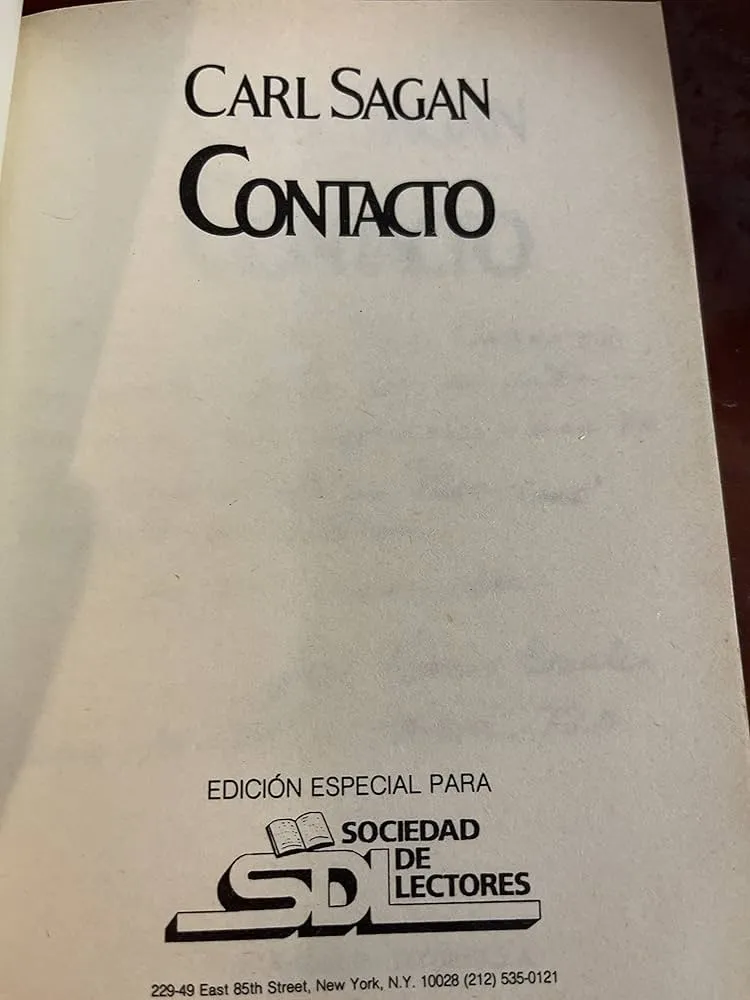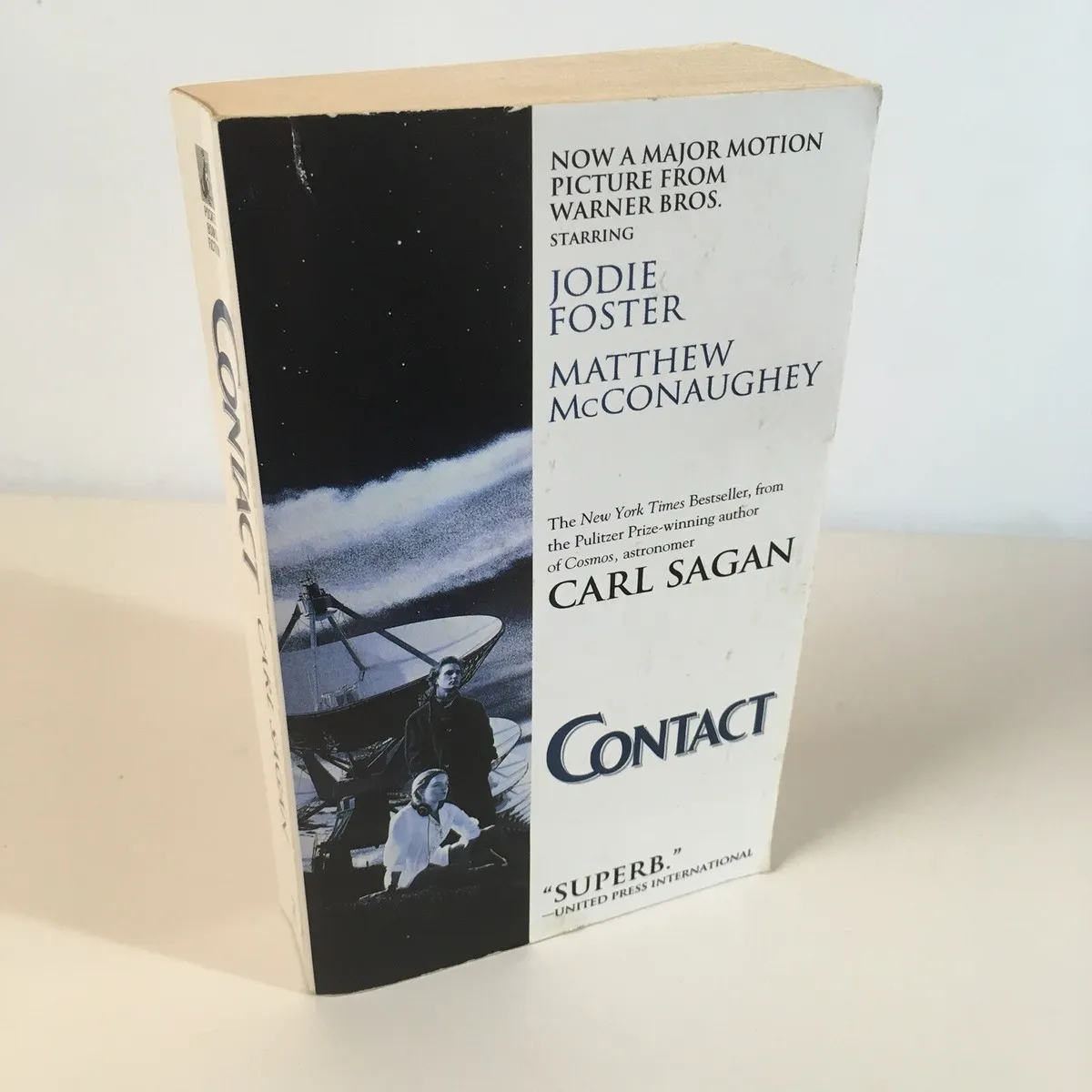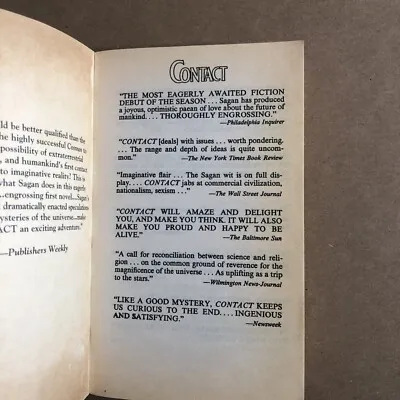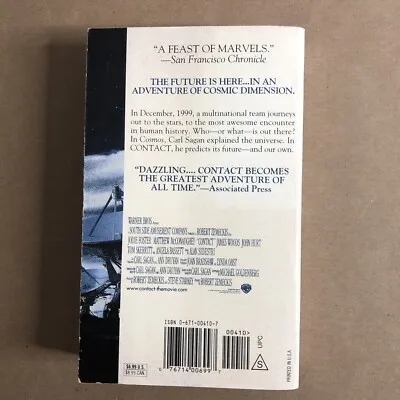

Curiosity dragged me to Contact after years of letting it linger on my shelf, always aware of its reputation but never prepared for how human it truly is. I had expected something overtly scientific, something dry or too distant, filled with jargon and unrelatable minds speaking from ivory towers. What I got instead was a tender, luminous, aching journey through the unknown. Carl Sagan did not write a story about aliens. He wrote a story about us, about how we seek, how we ache to understand, and how even the vast emptiness between stars cannot compete with the silence between two people who refuse to listen. I saw pieces of myself in Ellie Arroway and her obsession, not with contact alone, but with the need to prove that our yearning matters.
There is a simplicity to the way Sagan balances theory and emotion that I have never seen replicated. Despite being drenched in technical knowledge, the novel remains rooted in vulnerability. It does not flaunt science, it welcomes you into it. You do not need to be an astronomer to feel the magnitude of that first signal. You only need to have felt loneliness, or wonder, or the haunting sensation that maybe we are not alone, not just in the universe, but in our thoughts, in our hopes. The pages pulse with the tension between belief and reason, yet never dismiss either. Instead, Sagan gently exposes their shared origin, which is awe. Ellie is both scientist and daughter, skeptic and believer, and the beauty of the novel lies in how it never forces her to choose just one.


Balance is the secret power of Contact. It brings the spiritual into conversation with the empirical without ever turning preachy. I found myself surprised by how often I stopped to think about my own internal contradictions. The story offers no villains, only different lenses. The religious characters are never mocked, just as the scientists are never glorified beyond their humanity. Sagan, a lifelong defender of rational thought, gives equal weight to feeling. That generosity of mind is what elevates Contact from mere science fiction into something rare and generous. Its speculation does not hide behind metaphors. It dares to dream, and in doing so, invites us to do the same without shame.
Time has not diminished its relevance. In fact, reading Contact in twenty twenty five feels eerily appropriate. We now live in a world where communication is instantaneous, yet meaning often feels more out of reach than ever. Sagan anticipated this. He knew that the first true alien message would shake more than our understanding of the universe, it would shake our understanding of each other. The book asks whether we are ready to receive something greater than ourselves, but it also asks whether we are ready to even receive each other. The quiet answer it gives is both hopeful and heartbreaking. Progress, whether technological or spiritual, will never matter unless we grow into it emotionally.


Wonder, in the end, is the language that connects everything in this book. It is the silent hum beneath each chapter. Carl Sagan believed in the worth of imagination not as an escape, but as a tool for expansion. That is what makes Contact so enduring. It is not about aliens. It is about the courage to hope when proof is thin, the bravery to ask big questions with small hearts, and the wisdom to admit we might never find answers, but still choose to listen. I finished the novel feeling fuller, and strangely gentler. Sagan did not just write a visionary work. He handed us a mirror shaped like a radio dish and reminded us that whatever we are searching for out there, it probably looks a lot like what we carry within.


All photographs and content used in this post are my own. Therefore, they have been used under my permission and are my property.















